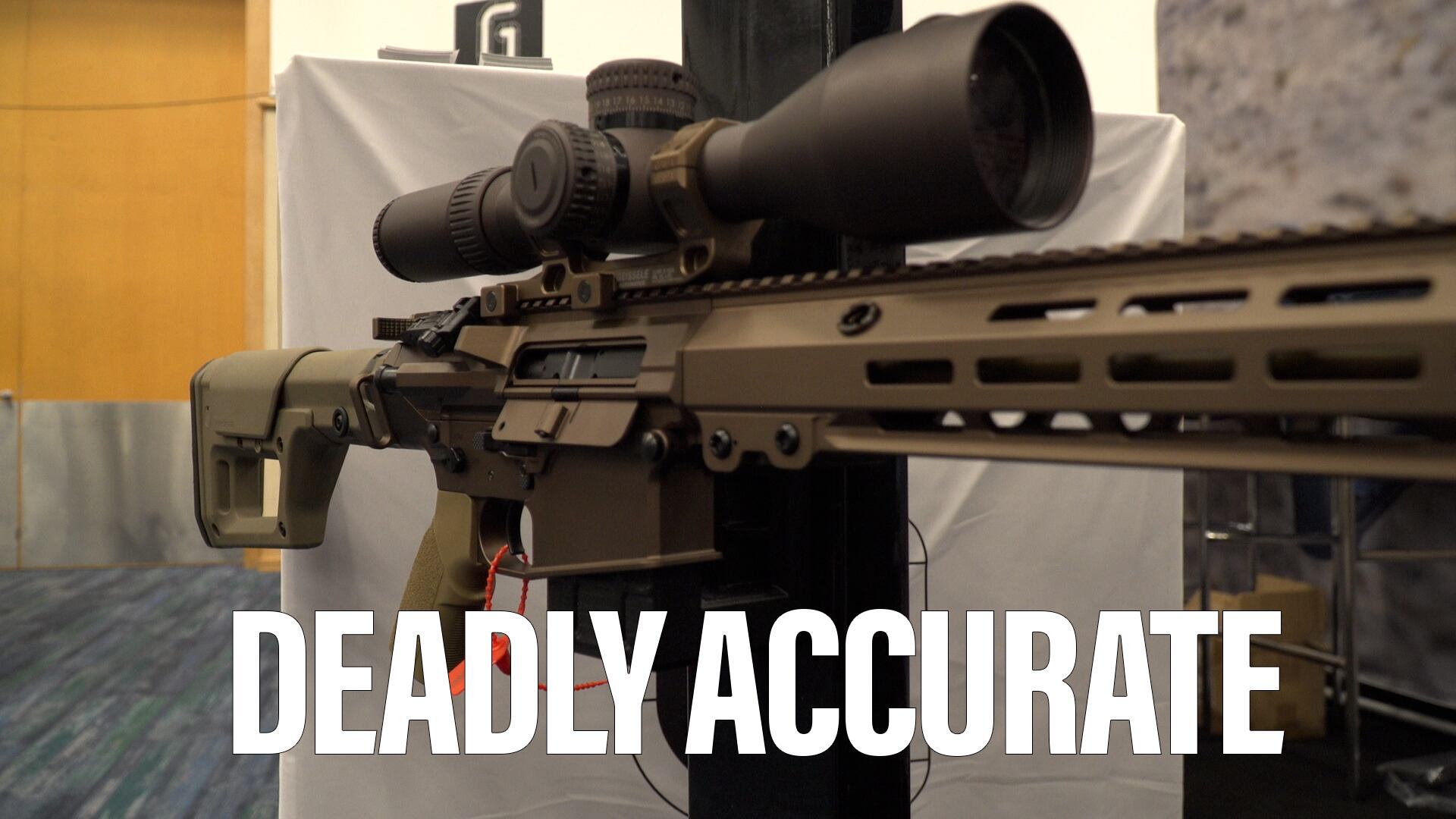At the moment it’s most needed, every aspect of close air support comes down to communication.
Close air support is essentially air strikes against targets when friendly forces are nearby. But to get there requires a long tail of set-up: the training for the pilot and the special operator calling in the strike, the decades of aircraft development that created the summoned plane or helicopter, the entire political and military rationale that went into the forward-basing of aircraft close enough to a potential crisis point that enables this all to happen. None of that matters, though, if the moment is lost, if the signal doesn’t get through, if the support is too far away to make a difference.
Viasat’s new BATS-D AN/PRC-161 device is designed to close that gap, to make communication happen when it needs to happen, and today, the company is announcing that the device has been approved by the National Security Agency for use with all Five Eyes nations.
Let’s break this down into pieces. BATS-D stands for “Battlefield Awareness and Targeting System – Dismounted,” an acronym that invokes the Batman of comic and cinematic fame, and clarifies that this is a portable machine, one that can be used by people on foot and without vehicles (though maybe access to horses). The BATS-D is designed for use by U.S. Special Operations Forces and JTACs, or Joint Terminal Attack Controller (the people who call in close air support. Think the old-school radio operator in a pack of plastic army men, but modern). Now, calling in an airstrike involves more touching a location on a miniature tablet and then transferring that image to the pilot who will make the strike. Gone, in theory, are the days of shouting coordinates into an oversized radio and hoping the pilot can match the same spot on a paper map.
Five Eyes, also abbreviated FVEY, is the intelligence sharing alliance of five major English-speaking nations: The United States, United Kingdom, Australia, New Zealand, and Canada. By having an approved communication device with these five specific nations, it means that forces from these nations fighting alongside one another can, in theory, communicate with the closest available aircraft, even if it’s not flying the same flag.
It also means, as Viasat put it in the announcement, that “warfighters can more rapidly engage enemy targets and reduce the risk of fratricide incidents.” It helps tell allies who to not shoot at.
Viasat says that the AN/PRC-161 BATS-D handheld Link 16 radio, includes Type 1 encryption for security, which also provides interoperability with other radios on a NATO Link 16 network, such as the Multifunctional Information Distribution System Low Volume Terminal (MIDS-LVT), MIDS Joint Tactical Radio System (MIDS JTRS) and KOR-24A Small Tactical Terminal (STT).
As for that specific close air support scenario? Viasat boasts that with BATS-D, it can take as little as 30 seconds between contacting an aircraft with a plan and that aircraft performing its strike. That time saved potentially means lives saved, especially if the commanders uses a few spare seconds to make sure the marked target is in fact a lawful target.
Kelsey Atherton blogs about military technology for C4ISRNET, Fifth Domain, Defense News, and Military Times. He previously wrote for Popular Science, and also created, solicited, and edited content for a group blog on political science fiction and international security.








